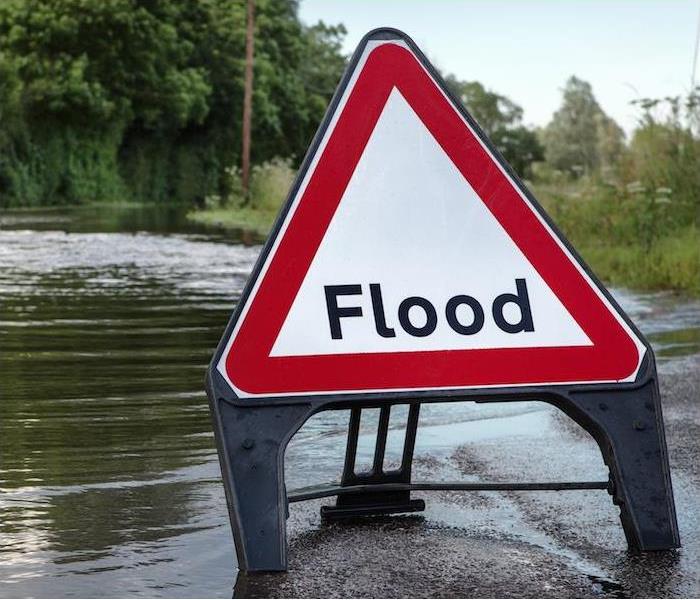How Different Types of Flooding Could Affect You | SERVPRO® of North Kenosha County
4/9/2022 (Permalink)
 Regardless of the cause of the flooding, SERVPRO of North Kenosha County has the team to help you recover from any disastrous event.
Regardless of the cause of the flooding, SERVPRO of North Kenosha County has the team to help you recover from any disastrous event.
In the United States, flooding is the most common natural disaster, killing more people every year than hurricanes, tornadoes, or lightning. Depending on how much excess water accumulates in an area, it can affect everything from individual homes to entire communities.
Each state and every U.S. territory are affected by flooding, but their types and causes are similar. There are three common types of flooding, and a variety of reasons can cause them.
<h4types-of-natural-flooding">3 Types of Natural Flooding
Flash floods are common, and they happen when heavy rain passes or sits over an area and overwhelms the ability of the ground to contain the moisture. Excess water runs off and takes garbage cans, cars and more with it.
River floods are exactly what they sound like. When there’s too much water for a river’s banks to hold, the water spills over the sides and causes destruction. In the span of just 10 years, FEMA issued five emergency declaration for the Fox River Floodplain in Kenosha County. The Fox River Flood Mitigation Program removed 56 structures with the help of grants from several organizations to temper flooding from Fox River. FEMA estimates the program helped avoid hundreds of thousands of dollars in flood damage.
Coastal floods happen in areas next to large bodies of water, when storm surges or cyclonic activity causes ocean or gulf levels to rise to flood levels.
<h4most-common-causes-of-natural-flooding">The Most Common Causes of Natural Flooding
Heavy rainfall. Thunderstorms with excessive rainfall or storms that sit and rest over an area for an extended period of time can cause flash floods or river flooding. Rain floods in urban areas are more likely, as there is a lack of soil to soak up all that water due to the higher percentage of concrete and asphalt.
Oceanic activity. Storm surges, hurricanes and rising tides can cause waves to rise, which can wreak havoc on coastal towns.
Dams and levees failing. The most notable example of this in recent history would be the disastrous levee breaks during 2005’s Hurricane Katrina. Whenever cracks develop or excess pressure exceeds the dam’s ability to contain a flood, levees and dams fail.
Snowmelts and ice dams. In areas of the United States where snowfall and prolonged freezing temperatures are common, snow and ice can build up over a winter’s time, causing rivers of water to flow through communities. Ice dams or ice jams happen when rivers become blocked by built-up ice being carried downstream, causing the banks to overflow.
Regardless of the cause of the flooding, SERVPRO has the tools and teams to help your home or business recover from its disastrous effects. Contact us anytime when flooding or water damage makes a mess in your life.

 24/7 Emergency Service
24/7 Emergency Service